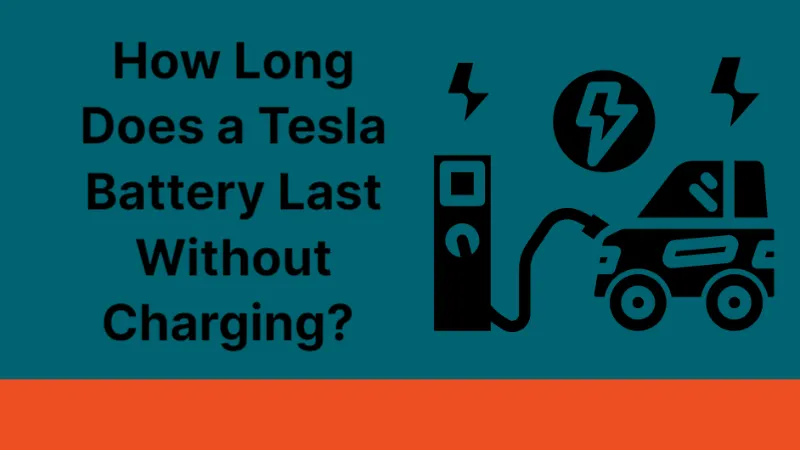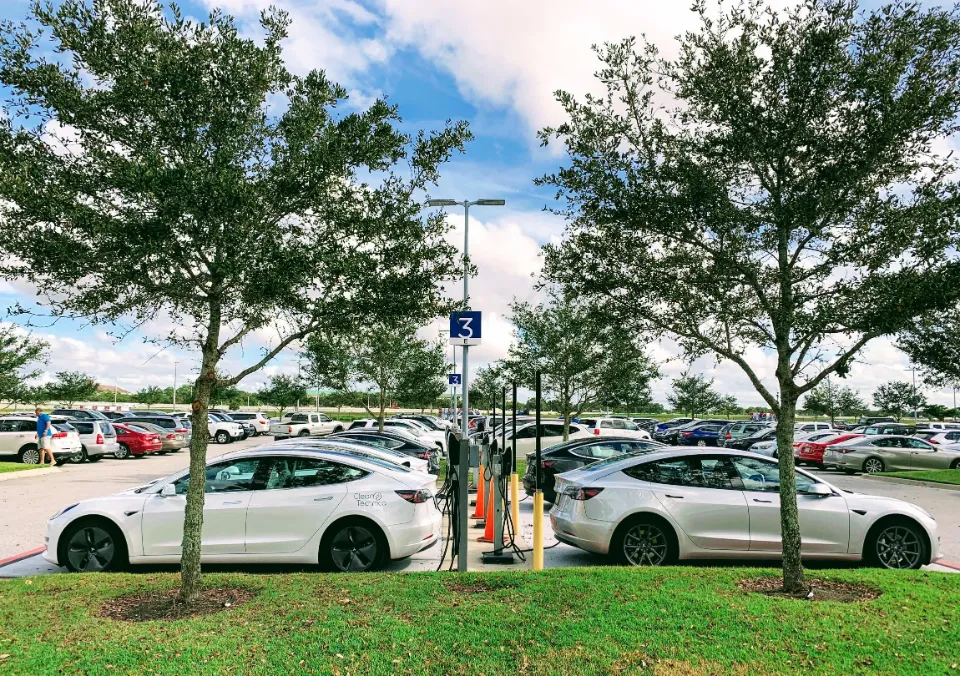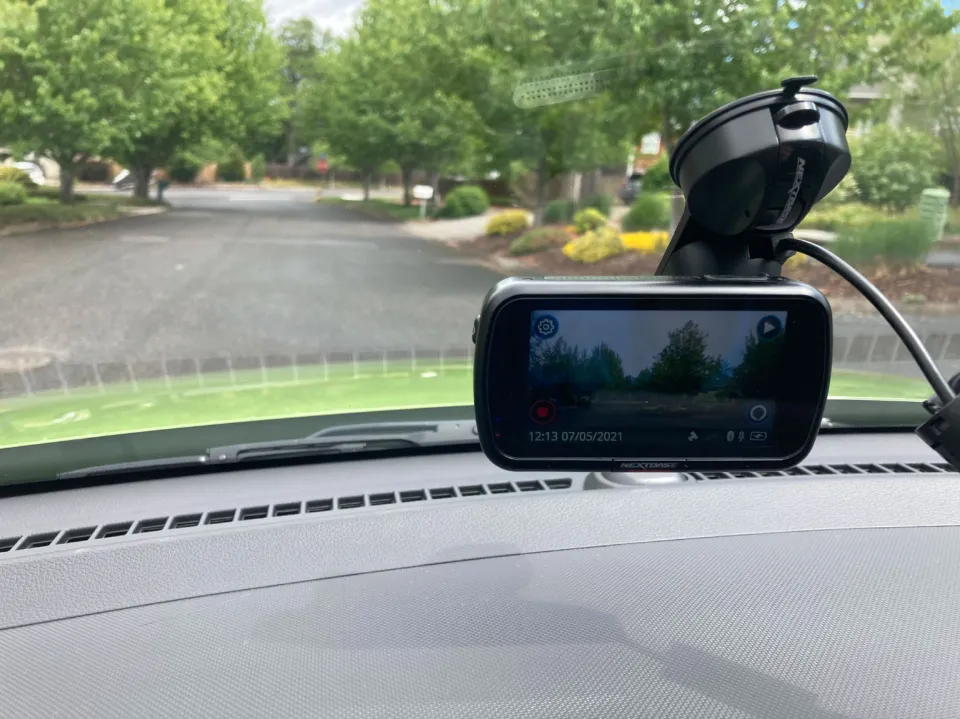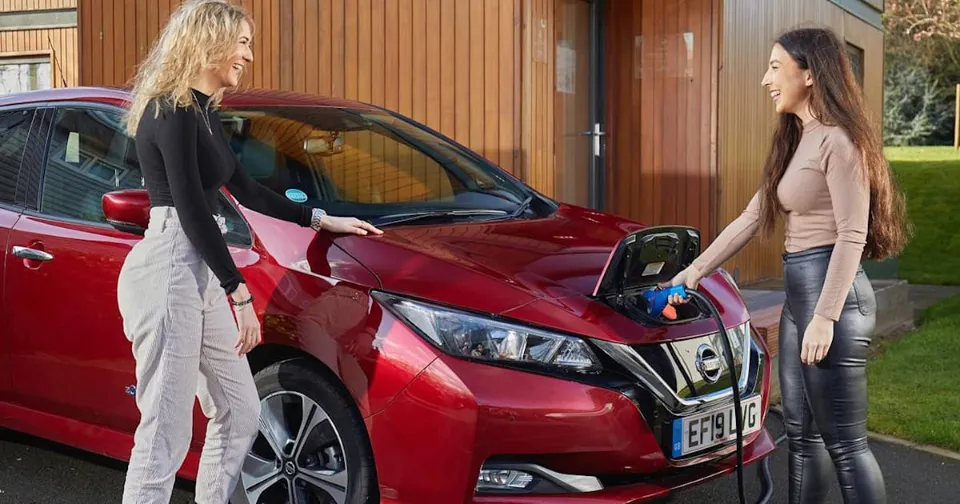Tesla advises topping up your car’s battery every day by plugging it in. However, what if you choose not to or are unable to? This article will How Long Does a Tesla Battery Last Without Charging?
According to these findings, if you have charged your Tesla at least 70 to 80%, you should be able to leave it parked for a few months without using any electricity. When Tesla owners go on extended vacations and are away from their vehicles, this gives them peace of mind.
Going on Vacation Without Your Tesla
When we’re thinking about going on vacation, that’s when people tend to worry the most that their Tesla will die. Let’s examine a few situations where your car might not be plugged in and not get a charge.
Scenario 1: Vacation for 3-4 Nights
leaving your car at home while traveling for three to four nights If you have a home charger, you can leave it plugged in and set it to 50% charge so that it prevents your car from losing power.
But if you’re like me and have to unplug everything before leaving on vacation, your Tesla will still work just fine when you get back, even though it didn’t get any charging for the first 3–4 days. The best advice is to charge it to 90% before you proceed. Your vehicle will go into sleep mode, only reducing battery life by 1% to 2% daily. It will therefore still have 80+% of your return after 3–4 days.
Scenario 2: Vacation for 2-3 Weeks – Leaving Your Car at Home
The same holds true if your trip will take you a longer time and you will again leave your car at home. Even better if your vehicle is garaged, as changes in the environment can shorten battery life. When traveling for a longer period of time, I would suggest adjusting the settings. Get it out of Sentry Mode. You are now in security mode. If your car is secure at your house, there is no need for it. Every day, Sentry Mode consumes about 7% of the battery. In the same vein, switch off the climate control.
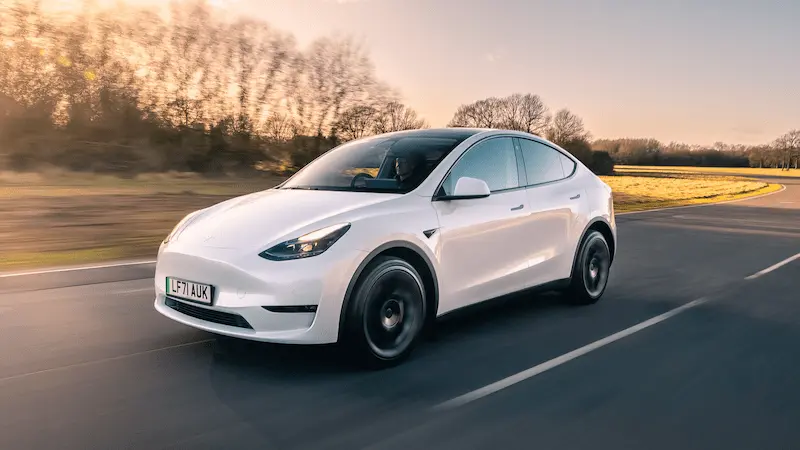
Scenario 3: Vacation for 2-3 Weeks – Leaving Your Car at the Airport
Your car will still be fine, but you must adjust the settings and pay attention to your surroundings. Drive to the airport, switch it out of Sentry Mode, and turn on the security cameras—all airports have them. Charge it to 90%. Switch off Climate Control. Consider where your car will be during your trip and the climate there.
Park it in the center of the parking lot. Preferably indoors to avoid extreme cold or heat while you’re away. Here is more information on this. When you get back from your vacation, your car should still have about 70% of its charge.
Charge Time
How long does it take a Tesla to charge at a charging station?
- From 0% to 100%, the Tesla Model S battery charges in about 50 hours.
- The entire charging process for the Tesla Model 3 battery takes approximately 11 hours to complete.
- From 0% to 100%, the Tesla Model X battery charges in about 10–12 hours.
- From 0% to 100%, charging a Tesla Cybertruck battery takes around 17 hours.
There are various charging sources, so these numbers may differ. A supercharging station, a public charging station, and a home charging station are the three main charging options. The quickest charging speed is available at supercharging stations. You can also check out our article on how long an electric car battery lasts.
How Long Does a Tesla Battery Last?
It’s crucial to remember that Tesla batteries are built to last because it is impractical to replace them or the entire vehicle after a few years.
The battery warranty provided by Tesla is one indicator.
The Model 3’s basic 8-year or 100,000-mile battery warranty is among the company’s many warranties, which are among the least expensive.
This suggests that Tesla will replace your battery for free and without any conditions if anything goes wrong with it before you own it for eight years or have driven it 100,000 miles. Additionally, it shows how confident Tesla is in the architecture and batteries it uses.
With a warranty that lasts 8 years or 150,000 miles, the Tesla Model X has a slightly longer warranty period.
Deterioration, on the other hand, is a phenomenon that affects EV batteries over time.
The battery degrades with each charging cycle, lowering its capacity and ability to hold a full charge. This suggests that your battery, which is eight years old, will produce fewer miles and store less charge than it did when you first bought the car.
After eight years, your battery will still function, but it will have less capacity, reducing the amount of distance your car can travel. The battery should be replaced when it falls between 70 and 80 percent of its capacity.
It’s interesting to note that Elon Musk, the CEO of Tesla, claimed on Twitter that while the actual warranty is much shorter, Tesla batteries are intended to last between 300,000 and 500,000 miles.
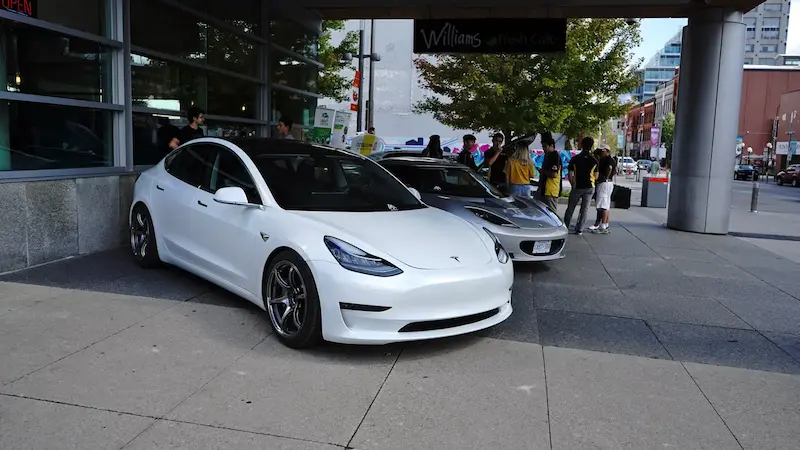
Tesla Battery Replacement Cost
How much does it cost to replace a Tesla battery?
The amount of labor and materials needed to replace the battery determine the price of a Tesla battery replacement.
Tesla’s most basic battery replacement typically costs between $13,000 and $14,000. You will spend between $13,000 and $20,000 on a replacement Tesla battery for the Model S. The cost of a battery replacement for the Model 3 base model and the Model X can reach $13,000 and $14,000, respectively.
Additional costs can range from $200 to $500 for replacement parts like wires, brackets, harnesses, and connections.
The labor cost might be around $175 per hour. Be ready to pay a few extra dollars for labor since battery repairs are frequently very difficult or if any problems arise with the replacement.
Read about
In Conclusion
Your Tesla is a very intelligent automobile. In reality, it will still function just as well at 40–50% of its maximum charge, even though it operates best when regularly charged at 80–90%. You don’t have to worry about constantly charging it.
Life can sometimes get in the way when you’re on vacation, ill, or dealing with a pandemic. Your battery will keep a sufficient charge starting at 90% for at least 60–70 days without any issues if you manage your app connectivity and turn off the major drains.

